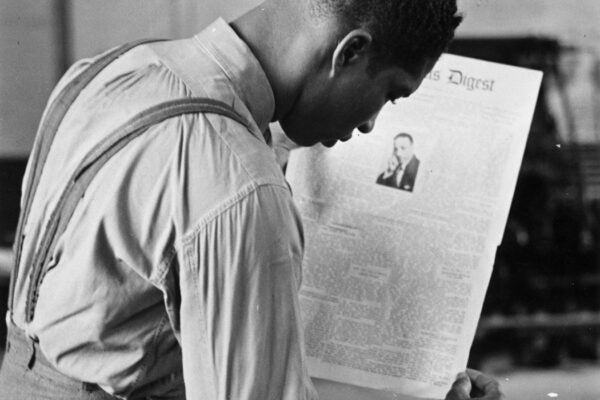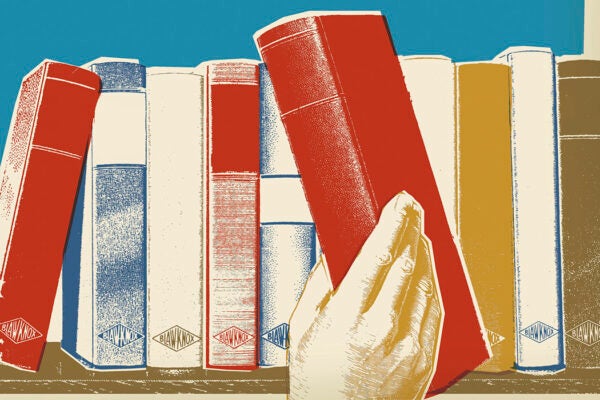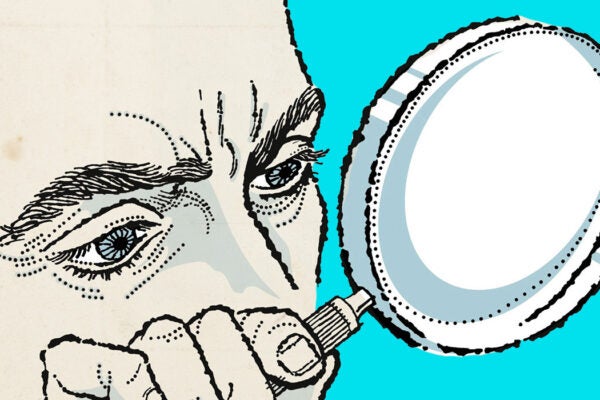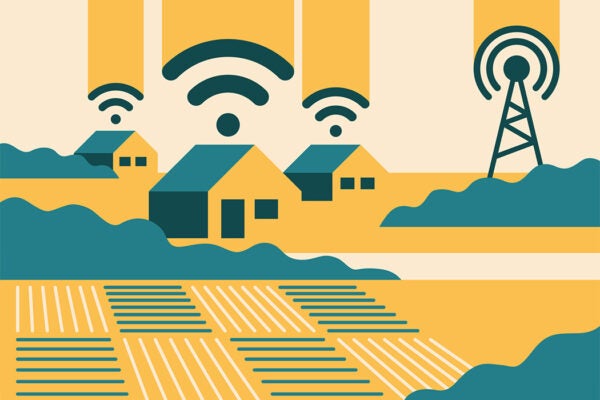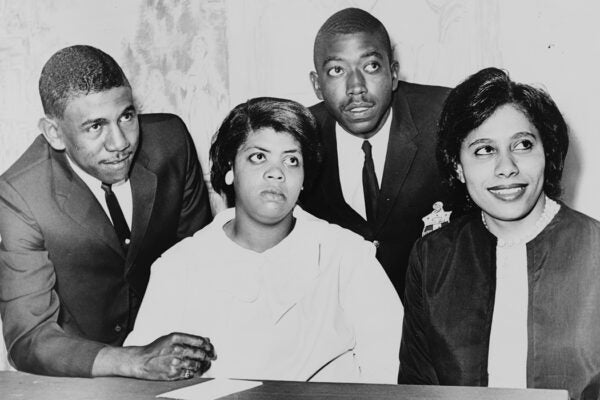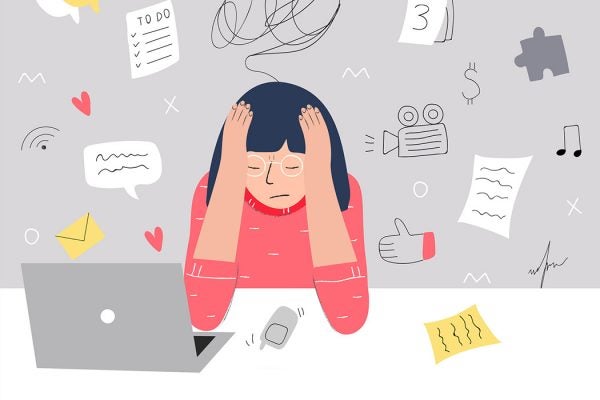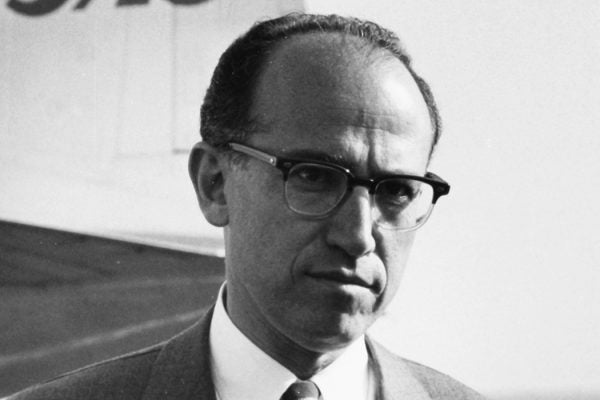The Enduring Value of Student Newspapers
More than curiosities, college papers are unique pedagogical tools that help undergraduates achieve media literacy.
How Libraries Stand the Test of Time
The digital era builds upon millennia of librarianship as humans strive to preserve our cultural heritage.
From Gamification to Game-Based Learning
Use the JSTOR Daily Sleuth game to highlight the dangers of AI within academic research.
Public Media and the Infrastructure of Democracy
Federal support for broadband expansion reflects the understanding that communication is as vital as roadways to the republic.
Brown v. Board of Education: Annotated
The 1954 Supreme Court decision, based on the Fourteenth Amendment to the US Constitution, declared that “separate but equal” has no place in education.
Proposition 6 (The Briggs Initiative): Annotated
Proposition 6, better known as the Briggs Initiative, was the first attempt to restrict the rights of lesbian and gay Americans by popular referendum.
Can Radio Really Educate?
In the 1920s, radio was an exciting new mass medium. It was known for providing entertainment, but educators wondered if it could also be used for education.
What Makes Vaccine Mandates Legal?
Historically, the Supreme Court has held that forgoing vaccines is a threat to public health and therefore beyond the bounds of liberty.
ADHD: The History of a Diagnosis
Attention deficit hyperactivity disorder has been a controversial diagnosis since it was first described, back in the 1940s.
Verbatim: Jonas Salk
Virologist Jonas Salk led the team that developed the breakthrough vaccine for polio. He was also a social critic.
